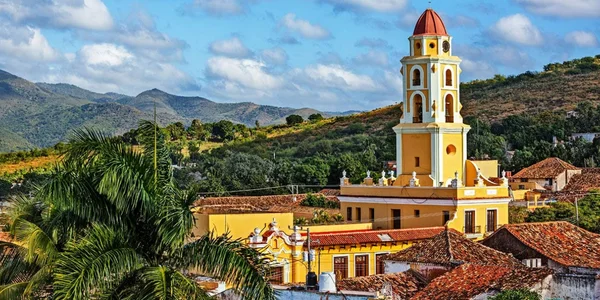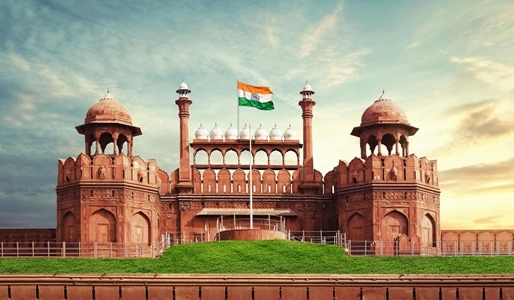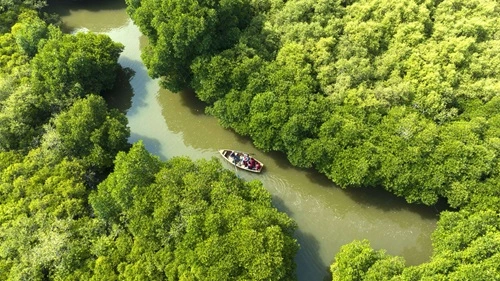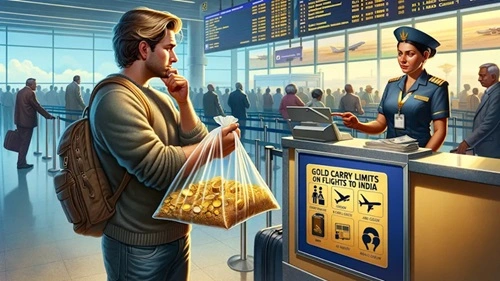Cuba, the largest island in the Caribbean, is known for its vibrant culture, colorful streets, vintage cars, and revolutionary history. But beneath its classic charm and political backdrop lies a treasure trove of lesser-known and fascinating facts that make Cuba truly one-of-a-kind.
Whether you’re a travel enthusiast, a history buff, or simply curious about world cultures, here are 10 unique facts about Cuba that set this tropical nation apart from the rest of the world — updated with the latest information in 2024.
1. Cuba Has Two Currencies — But Not Anymore

For decades, Cuba operated under a dual currency system: the Cuban Peso (CUP) and the Convertible Peso (CUC). The CUC was primarily used by tourists and for imported goods, while locals used the CUP. However, as part of major economic reforms, Cuba eliminated the CUC in January 2021, transitioning to a single-currency system using the CUP.
This change aimed to simplify the economy and improve transparency, though it also brought inflation and challenges for the Cuban population.
2. Internet Access is a Recent Luxury
Unlike most countries, widespread internet access in Cuba is a very recent development. Public Wi-Fi hotspots began appearing only in 2015, and home internet access became available in 2017. As of 2024, mobile data and home connections are more common but still expensive and relatively slow compared to global standards.
Cubans often rely on public Wi-Fi parks, and many still use apps like Zapya and Bluetooth to share files offline.
3. Cuba Has One of the World’s Highest Literacy Rates
Despite its economic struggles, Cuba boasts a literacy rate of 99.8%, one of the highest in the world. This is largely due to the massive literacy campaign launched in 1961, just two years after the Cuban Revolution. The country made education a cornerstone of its socialist ideology, offering free and compulsory schooling for all.
Education remains a strong point of national pride in Cuba.
4. Classic Cars Still Rule the Roads
Cuba is often called a “living car museum”, thanks to the thousands of vintage American cars from the 1940s and 1950s still in use. After the U.S. embargo in 1960, imports of American cars and parts stopped — so Cubans became expert mechanics, keeping these beauties running through innovation and resourcefulness.
Seeing a Chevrolet Bel Air cruising through Havana is a daily occurrence — and a top tourist attraction.
5. Healthcare is Free — and World-Renowned
Cuba has long been praised for its universal, free healthcare system. Despite limited resources, Cuba has managed to achieve health indicators similar to many developed nations. The country also sends thousands of doctors abroad for humanitarian missions, especially to Latin America and Africa.
Cuba’s Henry Reeve International Medical Brigade has earned global respect for disaster and epidemic response.
6. Cuba Is Home to the World’s Smallest Bird
The bee hummingbird (Mellisuga Helenae) — found only in Cuba — is the smallest bird on Earth, measuring just 2 inches long and weighing less than a penny. Despite its tiny size, it’s a vital pollinator in the Cuban ecosystem.
This miniature marvel flaps its wings up to 80 times per second!
7. Havana Is a UNESCO World Heritage Site
Old Havana (Habana Vieja) was declared a UNESCO World Heritage Site in 1982. Its colonial-era architecture, cobblestone streets, and vibrant facades reflect over 500 years of Spanish and Caribbean history.
️ Restoration efforts have made Old Havana a cultural gem and tourist favorite.
8. Cuba Banned Coca-Cola (Sort Of)
Cuba is one of the only two countries in the world where Coca-Cola is not officially sold, the other being North Korea. Due to the U.S. trade embargo, the brand is absent from store shelves, though you may occasionally find imported versions at high-end tourist spots.
Instead, try TuKola — Cuba’s own soft drink.
9. Cuban Music Is a Blend of Africa and Spain
Cuban music is an infectious blend of African drums, Spanish guitar, and Caribbean rhythm. Genres like salsa, son cubano, mambo, and cha-cha-cha all originated in Cuba. The country is also the birthplace of globally famous musicians such as Buena Vista Social Club, Celia Cruz, and Compay Segundo.
Cuban rhythms are deeply intertwined with the island’s identity and are celebrated worldwide.
10. Cuba Has a National Ballet That Rivals the World’s Best
Ballet may not be the first thing that comes to mind when you think of Cuba, but the Cuban National Ballet is internationally acclaimed. Founded by Alicia Alonso, a legendary dancer who performed well into her 70s, the company has trained dancers who perform in elite ballet companies around the world.
Cuban ballet is known for its technical rigor, passion, and distinctive style.
Final Thoughts: Cuba Is a Land of Contrasts and Charms
From vintage cars to high literacy, from economic restrictions to cultural abundance — Cuba is a country of fascinating contradictions. It’s a place where history stands still and yet pulses with rhythm and resilience. Whether you’re drawn to its politics, its art, or its people, Cuba never fails to leave a lasting impression.
So next time you hear a classic salsa tune or sip a mojito, remember: there’s always more to Cuba than meets the eye.



